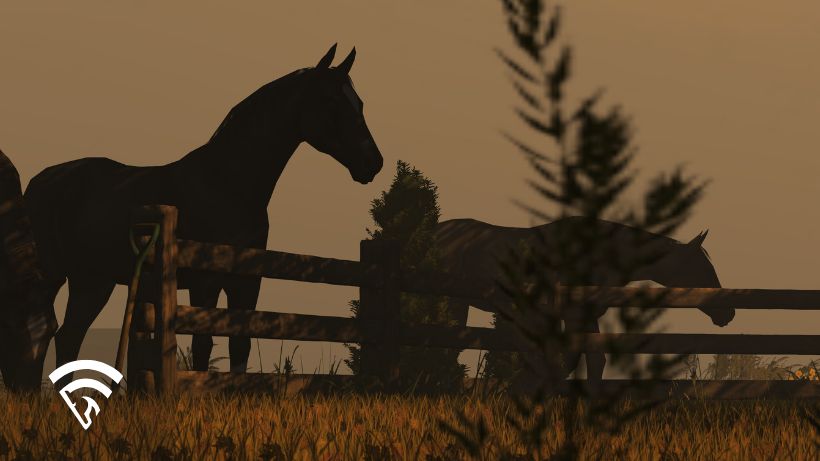What is Physical Appearance in the Paddock?
Physical appearance in the paddock refers to the visual and behavioral cues a horse shows while being saddled and paraded before a race. Savvy handicappers study these signals to gauge each runner’s fitness, comfort, and mental readiness—information that past-performance lines alone can’t provide.
Why It Matters
- Fitness confirmation: A well-muscled, sleek-coated horse typically carries race-ready condition.
- Stress detection: Excessive sweating, tucked tail, or white-eyed panic can hint at wasted energy before the gate.
- Soundness clues: Stiff strides, head-bobbing, or protective bandages may flag physical issues that slow late-race acceleration.
- Edge over the tote: Most bettors rely on figures; paddock watchers capitalize on real-time insight the public often overlooks.
Key Attributes to Observe
1. Coat & Skin
- Positive: Shiny, dappled coat with healthy bloom and tight skin.
- Negative: Dull hair, flaky skin, or “washy” appearance (dripping sweat) on mild days.
2. Muscle Tone & Weight
- Positive: Defined shoulder and hindquarter lines; tucked belly (no “hay gut”).
- Negative: Ribby or soft in the flanks; “heavy” look that suggests short of conditioning.
3. Walk & Stride
- Positive: Even, purposeful walk with rhythmic head nod.
- Negative: Short-striding, uneven steps, or hitching behind—possible soreness.
4. Veins & Vascularity
- Positive: Light vein popping shows good circulation without stress.
- Negative: Rope-like veins bulging across the neck can signal overheating.
5. Sweat Patterns
- Acceptable: Light lather between hind legs on hot days.
- Concerning: Heavy neck and shoulder lather, especially in cool weather.
6. Head, Eyes, & Ears
- Positive: Bright eye, ears flicking with interest, relaxed jaw.
- Negative: Glassy or rolling eyes, pinned ears, grinding teeth—signs of agitation.
Behavioral Indicators
- Calm professionalism: Horse stands quietly for saddle and bit; indicates mental toughness.
- Gate schooling memory: Loads into mock gate without balking; reduces risk of poor break.
- Response to crowds: Stays focused despite noise and camera flashes, preserving energy.
Practical Paddock Tips
- Arrive 15–20 minutes before post to watch each entrant.
- Compare today’s look with replays or photos of the horse’s best races.
- Discount mild sweat on humid days; elevate its meaning on cool afternoons.
- Note trainer patterns—some conditioners routinely bandage fronts without issue.
- Combine appearance insights with pace, class, and distance factors before finalizing tickets.
Common Pitfalls
- Overreacting to unfamiliar equipment: Some horses always race in full wraps or shadow rolls.
- Ignoring weather context: High heat equals more sweat across the board.
- Letting one negative cue outweigh proven talent: A great athlete can still win without dapples, but odds should compensate.
Ready to pair sharp paddock observations with data-driven analytics? Enhance your edge—sign up today and start turning insights into smarter wagers.
